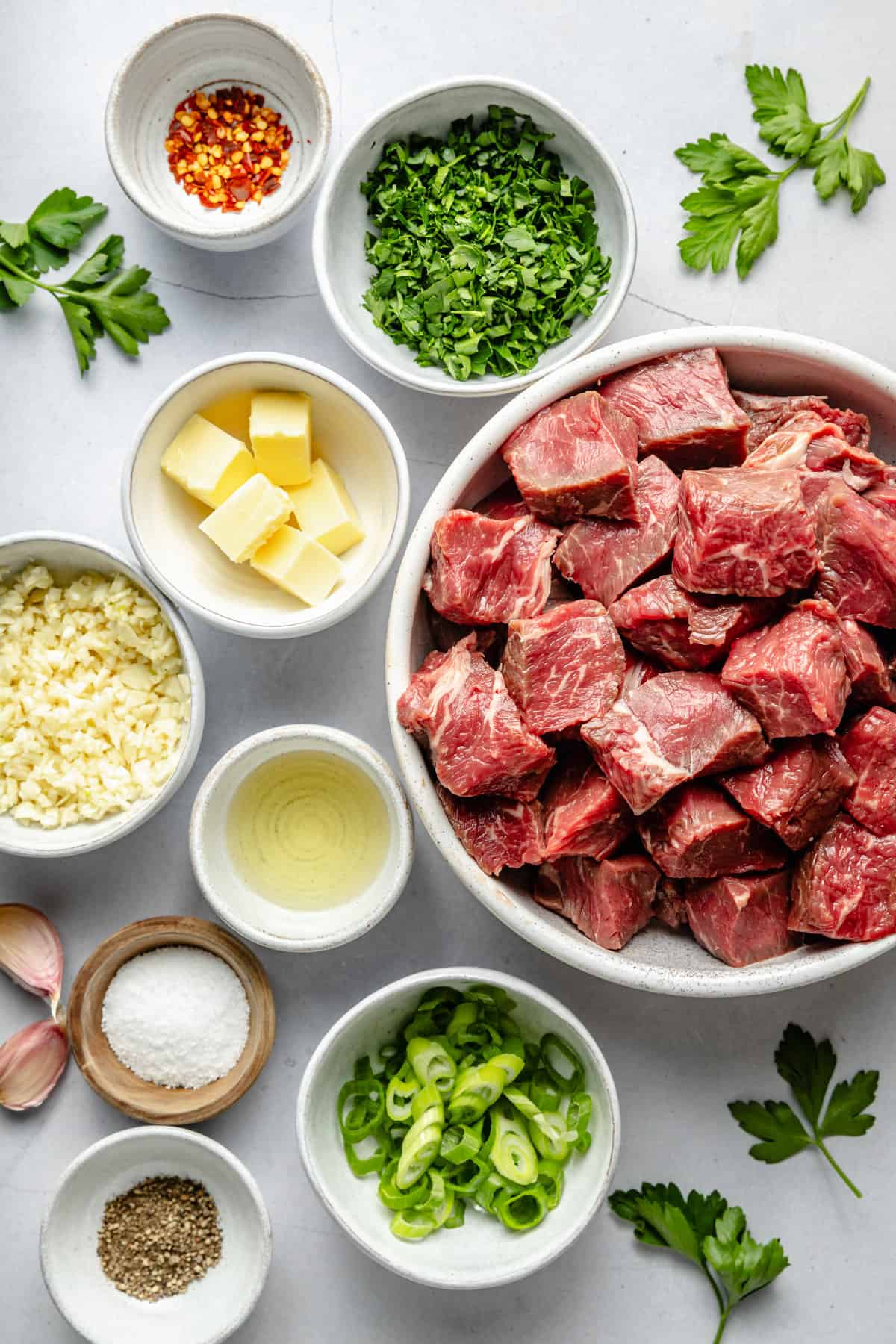Meat Marinates and Spices Concepts for Flavorful Dishes
Wiki Article
From Farm to Table: Fresh and Premium Meat Choices
The trip of meat from ranch to table encapsulates a complicated interaction of high quality, principles, and sustainability. With an increasing emphasis on fresh and premium alternatives, customers are now much more inclined to take into consideration the origins of their food, causing a renewed concentrate on lasting farming methods and animal welfare standards. This shift not only enhances the nutritional profile of meat yet additionally supports neighborhood economic climates. The effects of these options extend far beyond individual wellness and regional farming. What does this mean for the future of food systems and consumer routines?Comprehending Meat Sourcing
As consumers end up being increasingly knowledgeable about the beginnings of their food, comprehending meat sourcing has actually obtained critical value. Meat sourcing entails tracing the trip of meat from farm to table, encompassing numerous factors such as farming methods, pet well-being, and ecological influence. This understanding encourages customers to make educated options that line up with their worths, especially concerning sustainability and honest factors to consider.The sourcing of meat can vary considerably based on multiple requirements, consisting of the kind of livestock, farming methods, and geographical area. As an example, grass-fed beef commonly originates from pasture-based systems that promote pet welfare and minimize environmental degradation. Conversely, conventional meat might entail extensive farming techniques that increase problems regarding antibiotic use and environment destruction.
In addition, traceability plays an essential function in meat sourcing. Understanding the particular ranch or region where the meat originates assists customers guarantee top quality and safety and security. Several customers currently seek qualifications or labels that show humane treatment and lasting practices, reflecting a growing demand for openness in the food supply chain. Ultimately, recognizing meat sourcing not just enhances customer choice yet also promotes responsible usage and supports honest farming techniques.
Advantages of Fresh Meat
Picking fresh meat provides many advantages that expand beyond flavor and appearance. Fresh meat commonly preserves higher nutritional value contrasted to its icy or processed equivalents. It is commonly richer in essential vitamins and minerals, such as B vitamins, iron, and zinc, which are crucial for preserving general health and wellness.Moreover, the sourcing of fresh meat commonly entails shorter supply chains, lowering the time between ranch and table. This suggests that the meat is much less likely to shed its nutritional stability throughout transport and storage. In addition, customers can experience enhanced preference and juiciness, which can boost cooking experiences.
Fresh meat likewise provides a possibility for customers to support local farmers and advertise lasting agricultural methods. When buying from regional resources, individuals can add to their neighborhood economy and cultivate a greater connection to the food they take in.
Last but not least, fresh meat is normally without the chemicals and ingredients typically found in processed choices. This makes it a cleaner, much healthier option for those looking to reduce their consumption of discover this artificial ingredients. Overall, the advantages of selecting fresh meat encompass health, preference, and a sense of community involvement.
Pet Well-being Requirements
Making sure high pet welfare criteria is important for both honest factors to consider and the quality of meat items. The treatment of animals directly influences not just the honest effects of meat manufacturing yet additionally the total high quality and security of completion items. Pets raised in gentle conditions are less stressed out, resulting in much healthier pets and, subsequently, exceptional meat quality.Regulations and accreditations concerning pet well-being have come to be significantly substantial in the meat industry. These frameworks make certain pets are supplied with adequate space, appropriate nutrition, and humane handling throughout their lives. Practices such as pasture-raised systems and free-range settings add to better animal well-being by enabling pets to show all-natural behaviors, which is important for their wellness.
Furthermore, consumers are ending up being extra discerning regarding the resources of their meat, bring about an expanding demand for products that adhere to strict pet well-being criteria. This change not only advertises moral farming techniques but also motivates producers to take on procedures that boost the health and wellness and well-being of their pets. Meat. Inevitably, focusing on animal welfare is not simply an ethical imperative; it is also a pathway to creating premium-quality meat that satisfies consumer assumptions

Sustainable Farming Practices
Sustainable farming techniques play a vital duty in boosting both animal welfare and the high quality of meat items. These techniques stress the value of environmental stewardship, honest treatment of livestock, and source performance. By executing rotational grazing, farmers can advertise healthy pasture environments, allowing animals to eat nutrient-rich grasses while stopping overgrazing. This approach not only supports animal health however also improves the dirt, minimizing the need for artificial plant foods.Furthermore, lasting farming usually incorporates integrated bug monitoring and organic feed alternatives, decreasing the usage of dangerous chemicals. This method not only safeguards animal wellness however also leads to cleaner, more secure meat items for customers. Water preservation techniques, such as rainwater harvesting and reliable watering systems, even more add to lasting practices, making sure that sources are utilized judiciously.
Moreover, cultivating biodiversity through polyculture systems and protecting environments for wildlife enhances the durability of farming ecosystems. By prioritizing these sustainable approaches, farmers can generate top notch meat that meets customer need while advertising environmental balance. Ultimately, welcoming sustainable farming techniques is crucial for developing a much more liable and resistant food system that benefits pets, farmers, and customers alike.
Choosing High Quality Over Quantity
Often, consumers are confronted with the dilemma of selecting in between amount and high quality when it pertains to meat items. While acquiring bigger amounts may appear financially helpful, the lasting advantages of choosing high-quality meat far outweigh the instant cost savings. Quality meat is commonly sourced from click here for more info pets elevated in lasting atmospheres, where they are provided appropriate nourishment and care, leading to exceptional flavor and nutritional worth.High-quality meats are generally devoid of dangerous additives, hormonal agents, and prescription antibiotics that are typically present in mass-produced choices (Meat). This not just makes sure a much healthier eating experience however likewise sustains honest farming practices that prioritize animal well-being. In addition, costs meats have a tendency to have a much better texture and taste, enhancing the overall Get More Information cooking experience
Buying quality meat urges customers to appreciate smaller sized parts, permitting a more mindful approach to eating. This shift not just impacts individual wellness positively yet likewise advertises sustainable consumption patterns that can benefit the atmosphere. To conclude, focusing on top quality over quantity when selecting meat items cultivates a much more responsible and health-conscious way of life, ultimately improving both the eating experience and the planet.
Conclusion

Report this wiki page